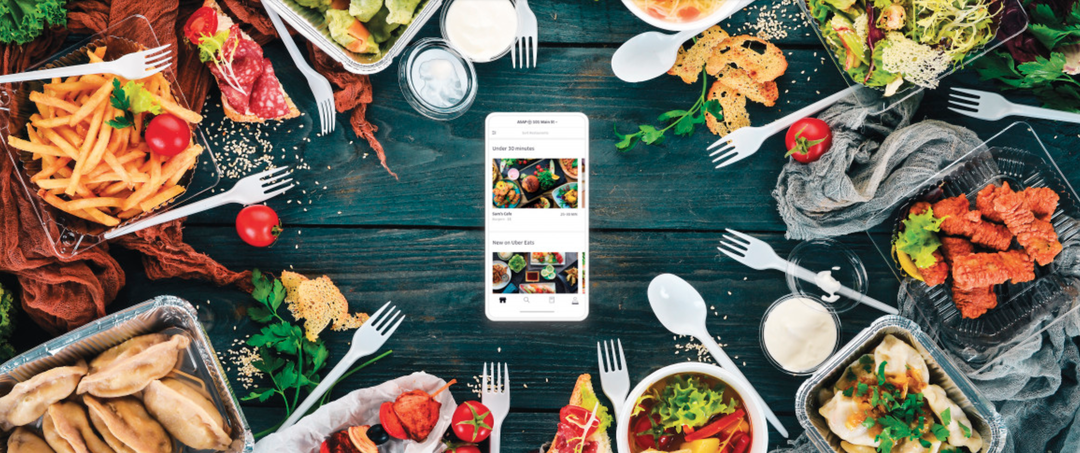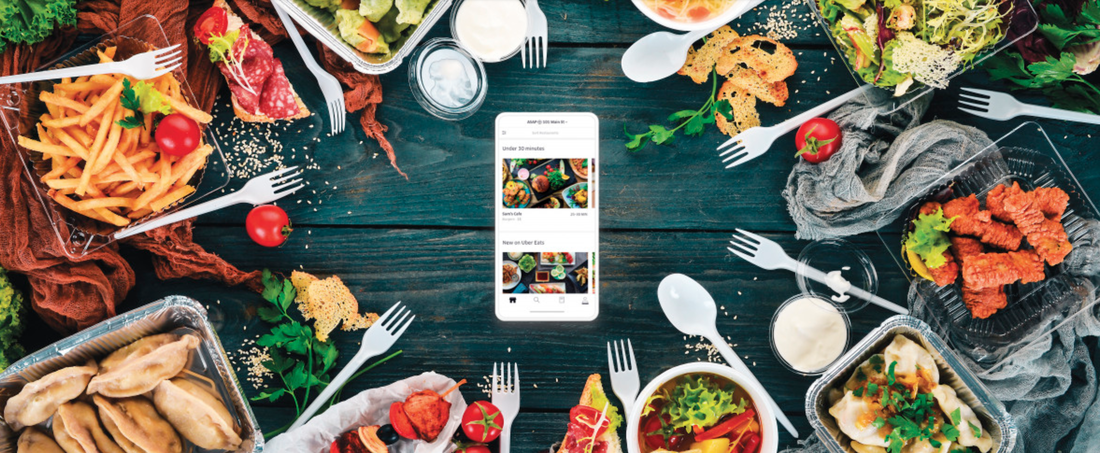It can’t be stated any more clearly: Mill Valley businesses need your dollars. Right now.
That can happen by donating to the COVID-19 Mill Valley Business Fund, which is providing immediate and direct cash grants to as many Mill Valley businesses and organizations as possible.
It can also come by shopping at your favorite local retail shop’s online store, buying big-dollar gift cards as though they’re war bonds and, of course, getting takeout and delivery.
But that last one’s not as simple as it seems.
Here’s the deal: If you call in your order directly to the restaurant and go pick it up, that restaurant gets 100 percent of the transaction. And it gets you out of the house for a few minutes!
As those who’ve done it already know, it also provides the shock of walking into a usually bustling restaurant and seeing, in most cases, the owner or manager and a cook. That’s it. Those folks are often excited to have a socially distanced conversation with a customer, and those interactions are a priceless treat in this bizarre sheltered in place world we’re experiencing.
But the other ways to order food – through delivery services like Uber Eats, Caviar, Dor Dash, GrubHub, the list goes on – are significantly more complicated for everyone involved. To the customer, they feel frictionless. A few clicks, a generous tip, and the food arrives lickety split.
Nope.
The coronavirus pushed the nation’s restaurants, which generated $800 billion in revenue last year, to the brink in just days last month. To stave off collapse, those restaurants have been forced to jump headlong into food delivery platforms like GrubHub and Uber Eats in droves. Uber claims a 10-fold increase in new signups as many restaurants shift to take-out only, according to Wired.
Restaurants pay commissions on a daily basis to delivery providers like Uber Eats and DoorDash. And it is widely reported that GrubHub and other services are deferring payment of up to $100 million of these commissions for up to a month (here is the fine print on this optional program and the latest offer from GrubHub and the news as of April 10 where DoorDash cuts commissions in half through May) which, in the short term, can help Mill Valley restaurants manage their cash flow.
But the long-term impacts will be crushing. “A lot of these businesses are trying to create a sustainable business model– they need to pay their drivers, too” says Tiburon resident Benson Wang, CEO and founder of SL Hospitality (Palm House, the Dorian, and Bergerac in San Francisco and the Flamingo Hotel in Santa Rosa. “But what is exposed is that this is unsustainable. Unless there are ancillary sales [seating customers at restaurants], our revenue is wiped and our profit is wiped.”
With delivery services like UberEats and DoorDash charging restaurants 25–30 percent per order and a delivery fee to consumers on top of that, restaurants are hanging their hat on delivery as an unsustainable stop-gap to pay some of the bills and maintain supplier relationships.
“And if you want to show up on these services’ home page, restaurants are asked to discount further just to show up in the queue,” Wang says.
Ordering via phone circumvents those delivery fees and the fees of services like chownow who provide a platform for online ordering.
“They have your menu online and still are charging 10 or 15%,” Wang says. “It is best to call. Most small businesses do not have infrastructure to build it in themselves.”
Kiko Rodriguez, co-owner with Nick Gordon of Dine-in Marin and a Novato native, says “we have never asked for 25 or 30 percent.” A small business based in Petaluma, Dine-in Marin is often cross-listed with DoorDash or other delivery services but gives Marin restaurants a less expensive option for delivery.
“We are cheaper because we pay restaurants via check,” Rodriguez says. “It is not a transaction in the moment.” The customer still pays a delivery fee but that’s it, he says.
Rodriguez says some customers ask for a small markup. “They might have to increase the amount of equipment for delivery” if it is not already built into their business model, Rodriguez says. The fee is $6.95 to $8.95 for orders placed through Dine-In Marin’s call center and 105 Marin restaurants are now listed on their site, an increase of 12% since the shelter-in-place first took effect.
“It’s very favorable from a restaurant point of view,” Rodriguez says.
Experiences at local restaurants vary and restaurants that had already built a take-out business are, in these days of shelter-in-place, more seamless than those who are new to take-out. Proper prior planning can help smooth things along. “Call ahead,” says Perry Butler, owner of the Perry’s restaurants in Larkspur and San Francisco. “We will have it ready for you.”


